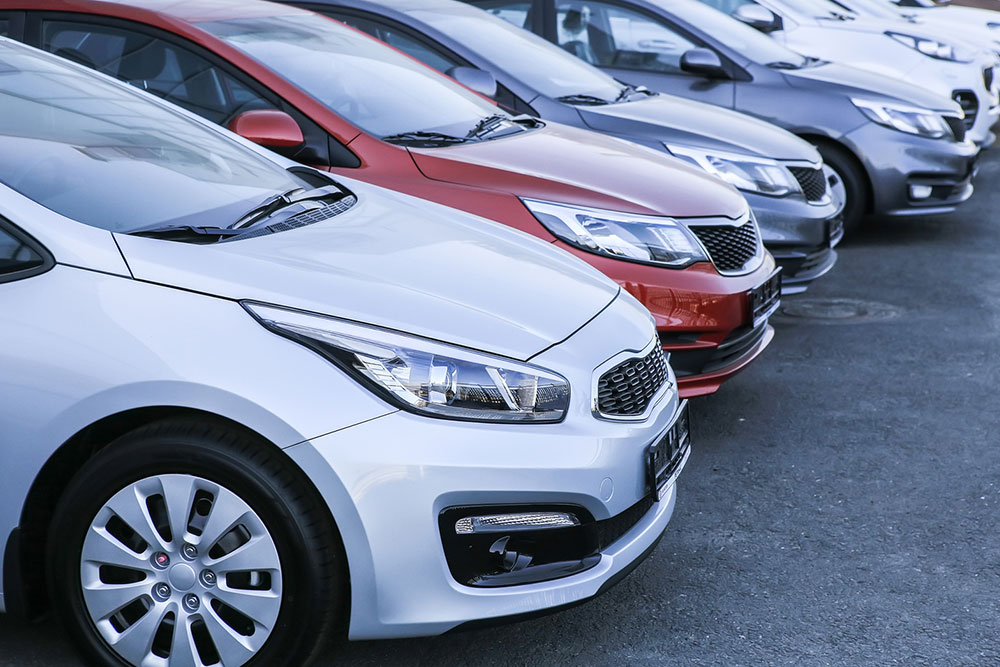7 Ways to Buy Cars Without Down Payments
Buying a car is a major expenditure that typically requires a down payment. This is the sum a buyer pays upfront during the time of purchase, often to reduce the interest paid over the loan term. It is generally around 20% of a new car’s purchase price. However, those who do not want to make a down payment can choose an alternative payment strategy. Here are ways to purchase a car without any down payment:
1. Maximize trade-in value
Those who own a vehicle and are looking for a replacement can try to maximize the trade-in value of their current car.

2. Boost credit score
Lenders offer lower interest rates to those with a regular monthly income or a stable job, who have lived in a place for at least a year, and a good credit history. In addition to these criteria, to be eligible for a zero down payment car loan, one must have a high credit score (generally a value of 680 or upwards). So, one must always check the credit score before applying for a car loan. If it is on the lower side, work on improving it. Review the credit reports for any mistakes and flag them promptly. Continue to make all loan payments on time, monitor the reports regularly, and ensure the credit utilization rate is well under 30%.
3. Consider a co-signer
Those with a low credit score may need to look for a co-signer, such as a family member or friend with a high credit score. A co-signer agrees to take responsibility for the payments in case of defaults. However, this can have many downsides. One, in case of late or default payments, the credit scores of both the signers will dip. Second, this financial dependency may complicate the interpersonal relationship, leading to additional stress. Those choosing to work with a co-signer must maintain a meticulous record of their transactions to minimize any strain.
4. Negotiate a higher monthly payment
Making a large down payment brings down the amount of monthly payments and interest paid over time. Lenders also agree on a lower interest rate, as this brings down their total risk. However, buyers can negotiate a higher monthly payment plan with their lenders to formulate a no-down payment strategy that works for them. However, one is more likely to end up paying extra in interest and fees with these plans.
5. Compare lenders
Every lender offers different financing options to buy a car. These tend to vary depending on where they are located, market conditions, and other factors. Don’t be in a rush to sign up for the first loan option. Around the sale period, lenders and dealerships may also run special offers to help buyers finance their cars with zero down payment. Keep an eye out for such deals. Further, take some time to shop around at various loan sources such as banks, dealerships, credit unions, or online lenders to find the most favorable loan terms for the new purchase.
6. Use a credit card
Dealerships may also accept a credit card as an upfront payment option, which can help relieve the pressure of getting loan approval. However, this option will come with an additional fee and a higher interest rate. Those using this strategy must work on paying off their credit card debt as quickly as possible.
7. Consider alternatives
Depending on the circumstances, one may need to look at buying a cheaper vehicle to qualify for a no-down payment loan. Choosing a more economical or second-hand car may help one finance a car with a zero-down payment loan with ease, as it lowers lender risk. Alternatively, one can opt for other ways of getting a car—such as leasing one or signing up for a subscription. While these may not be suitable options for everyone, they can certainly buy one time to rethink their current financial situation and come up with a suitable plan to save up and purchase a car.
Lastly, if none of the above options sound feasible, it may be a good idea to wait and save for a down payment. To achieve this goal, one can start by creating a savings plan and opening a designated savings account to keep track of this money. An additional income source and minimal unnecessary expenses may help reach these goals faster.

